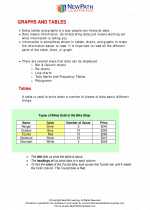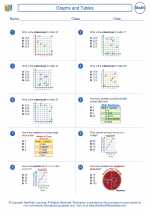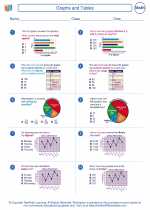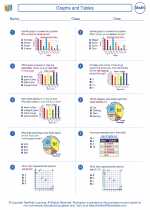Mass
In math, mass refers to the amount of matter in an object. It is often measured in units such as grams (g) and kilograms (kg).
Understanding Mass
To understand mass, it's important to know the following concepts:
- Measurement Units: Mass is typically measured in grams and kilograms. 1 kilogram (kg) is equal to 1000 grams (g).
- Comparing Mass: When comparing the mass of two objects, you can use terms like "heavier than," "lighter than," or "equal to."
- Using Scales: Mass can be measured using a scale. A balance scale is commonly used to compare the mass of different objects.
Calculating Mass
To calculate the mass of an object, you can use the following formula:
Mass = Weight / Acceleration due to gravity
For example, if the weight of an object is 50 N (Newtons) and the acceleration due to gravity is 9.8 m/s², then the mass would be:
Mass = 50 N / 9.8 m/s² ≈ 5.1 kg
Study Guide
Here are some key points to remember when studying mass:
- Mass is the amount of matter in an object.
- It is measured in grams (g) and kilograms (kg).
- 1 kilogram (kg) = 1000 grams (g).
- Objects can be compared based on their mass using terms like "heavier than," "lighter than," or "equal to."
- Mass can be calculated using the formula: Mass = Weight / Acceleration due to gravity.
Understanding mass is essential for various math problems and real-life applications, such as measuring ingredients in cooking or determining the weight of objects.
.◂Math Worksheets and Study Guides Fifth Grade. Graphs and Tables
Study Guide Graphs and Tables
Graphs and Tables  Worksheet/Answer key
Worksheet/Answer key Graphs and Tables
Graphs and Tables  Worksheet/Answer key
Worksheet/Answer key Graphs and Tables
Graphs and Tables  Worksheet/Answer key
Worksheet/Answer key Graphs and Tables
Graphs and Tables 

 Worksheet/Answer key
Worksheet/Answer key
 Worksheet/Answer key
Worksheet/Answer key
 Worksheet/Answer key
Worksheet/Answer key

The resources above cover the following skills:
Geometry (NCTM)
Specify locations and describe spatial relationships using coordinate geometry and other representational systems.
Make and use coordinate systems to specify locations and to describe paths.
Connections to the Grade 5 Focal Points (NCTM)
Data Analysis: Students apply their understanding of whole numbers, fractions, and decimals as they construct and analyze double-bar and line graphs and use ordered pairs on coordinate grids.